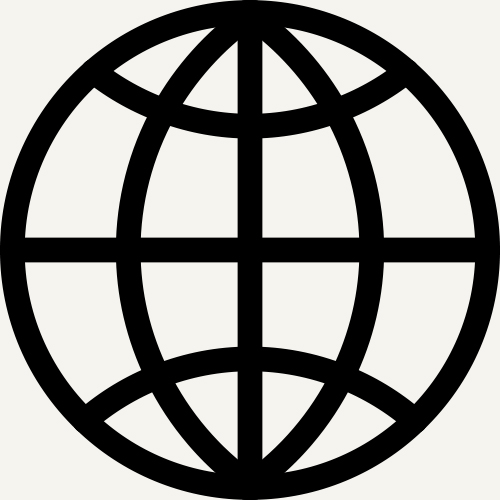SS7
A brief introduction of SS7
Signaling System No. 7:
SS7 – Signalling System # 7 – has been formerly. The signalling and most of the surgeries which can be used was assembled with a great deal of cooperation from Operators / / Vendors / Standard organisations (CCITT, ETSI, itu t, etc..) .
SS7 is really just actually a shut signalling system. It’s employed by nodes (e.g. Neighborhood Exchange, MSC/VLR, GMSC, etc..) At a Telecommunication Network.
In the United Kingdom it’s known as c 7 (CCITT # 7), number 7 along with Common Channel Interoffice Signaling 7 (CCIS7).
The SS7 protocol is well known for worldwide use by the Q.700-series tips of 1988 by the itu t.
The Internet Engineering Task Force (IETF) has defined the SIGTRAN protocol package that implements levels two, 3, and 4 protocols harmonious using SS7. Sometimes also called Pseudo SS7, it’s lined up around the Stream Control Transmission Protocol (SCTP) transport mechanism to be used on Internet Protocol networks, like the Internet.
A brief history of SS7
Starting in the 1960s, public switched telephone networks (PSTN) have been assembled making use of analog technologies and also multiple in-band signaling methods. The increase of common fixed telephony end-users and the increasing requirement for progress services quickly developed old protocols like R1 CAS to come to be attractive for service providers. Even the ISDN protocol revolution proved to be a large step in the telecom business moving in an in-band signaling protocol (with tones, stolen bits from voice station or focused channel) to out-of-band signaling (separated from voice channels) with message-based primitives fitted for digital audio.
Even if ISDN was mending many problems of protocols that were older, its own mass installation from core systems never really happened thus leaving suppliers with an elaborate hierarchy of equipment’s inter working with one another (or trying to). Even though ISDN provided an easier solution to provide supplementary solutions (i.e. call hold, call transfer) to the end-users,” ISDN progressively migrated toward the border of this system nearer to the end-user. Furthermore, no tools provider genuinely implemented the ISDN foundation specifications thereby creating plenty of neighborhood variants and drawbacks to system integrators.
At that time, international consortia had started focusing using a coordinated method of establishing calls, to present a lot of services (including those already supported by ISDN and elderly protocols) also to be able to build new software (companies ) without needing to improve the full network structure. SS7 (or Signaling System 7) took years earlier getting deployed all over the entire planet but is now achieving what it had been designed to accomplish: provide you a total communicating standard offering many solutions and having the ability to cultivate with public’s demands.
Even when local versions were implemented and numerous alterations of this protocol happened, this signaling protocol now joins most significant telephone networks all over the globe. It also included a characteristic that was significant to each and every community all around the world: fault tolerance and robustness. Getting layered in several functional groups, SS7 was built in order the nodes in the network won’t will need to execute every portion of the protocol stack if they really don’t call for to.
